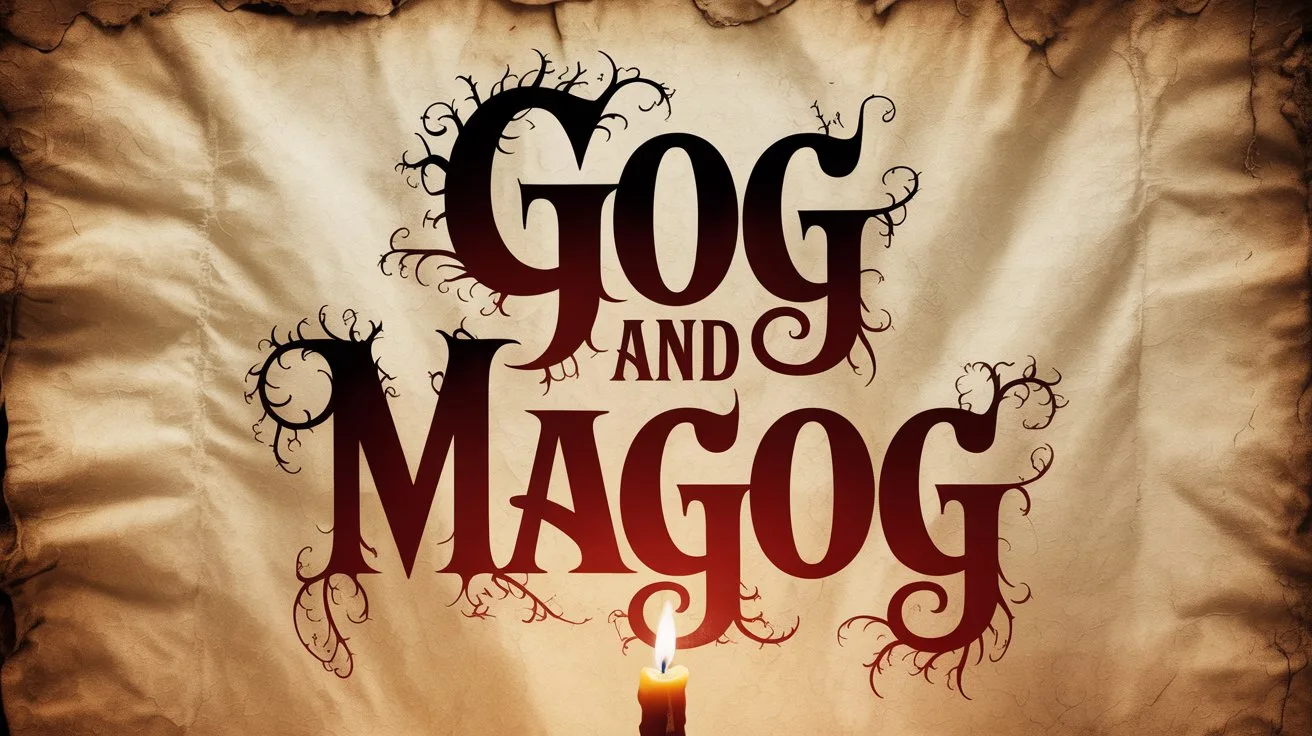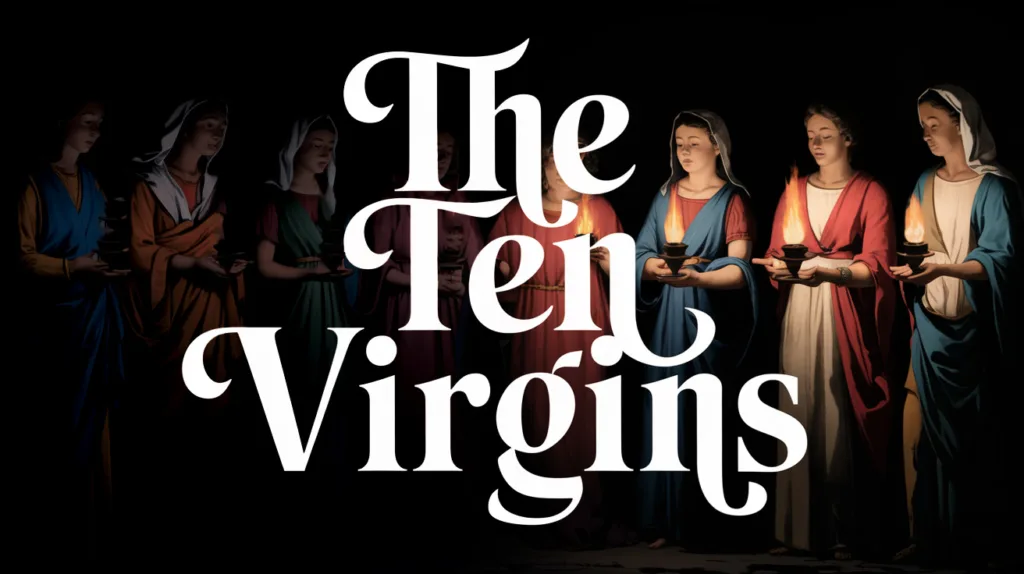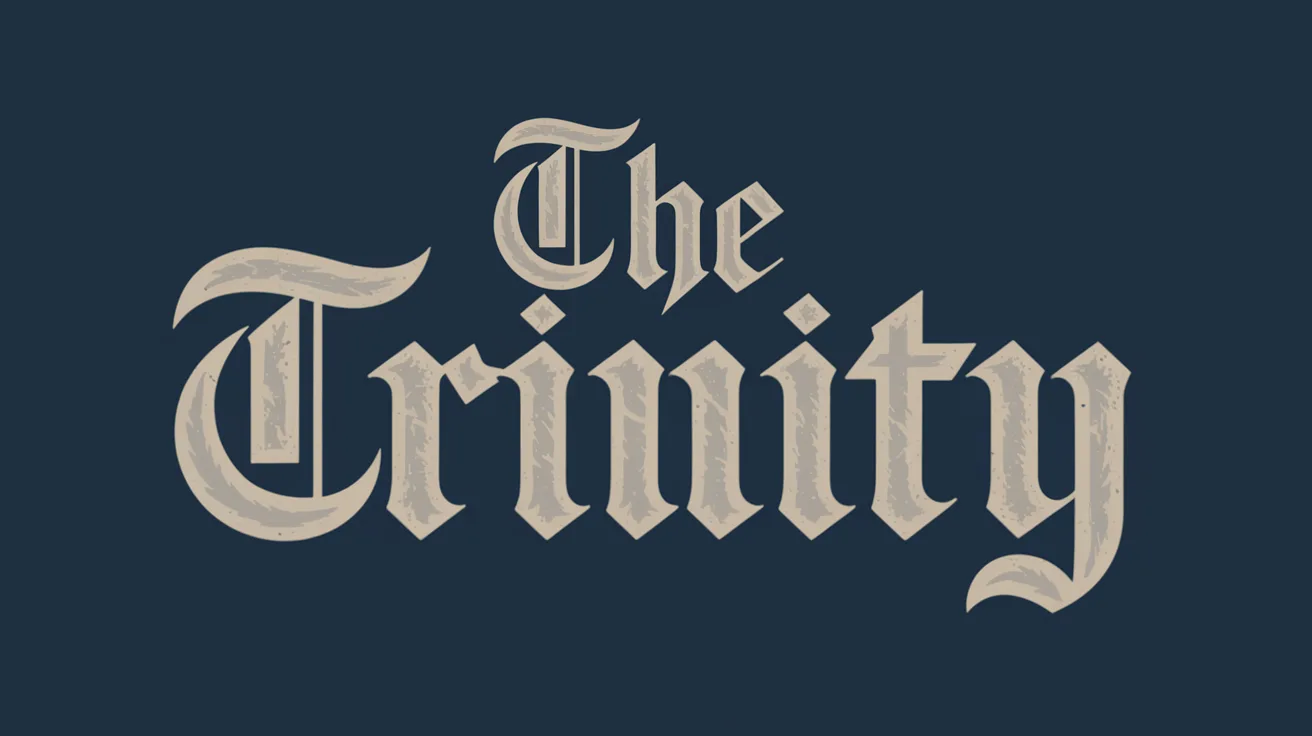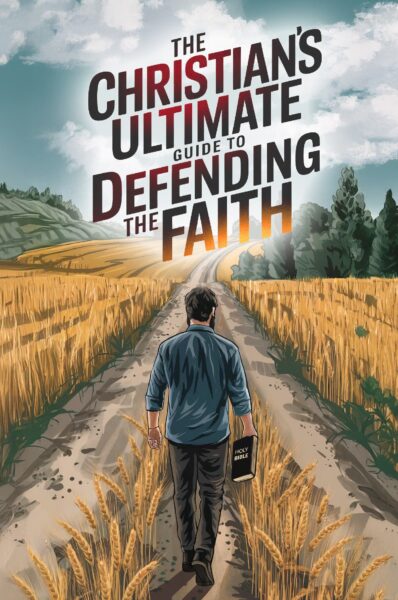The names Gog and Magog appear in both the Old and New Testaments, and they are the subject of much speculation and confusion. In Ezekiel 38:2, the Lord commands the prophet,
“Son of man, set your face against Gog, of the land of Magog, the prince of Rosh, Meshech, and Tubal, and prophesy against him.”
Here, Gog is clearly a leader, a person—a prince. Magog is the land he comes from. This verse distinguishes between the two. Gog is “of the land of Magog.” He is also connected with other ancient locations (Rosh, Meshech, and Tubal), suggesting a coalition of regions under one prince.
Historical Context in the Old Testament
Magog, as a geographical term, is first mentioned in Genesis 10:2 as a descendant of Japheth, son of Noah. It reads,
“The sons of Japheth were Gomer, Magog, Madai, Javan, Tubal, Meshech, and Tiras.”
Magog was a person, the progenitor of a people group, likely in the regions north of Israel. The land of Magog eventually became associated with a northern territory (often linked with Scythian tribes or remote Gentile nations). Ezekiel’s prophecy in chapters 38 and 39 describes Gog as the head of a northern confederacy that will come against Israel in the latter days.
The Prophetic Battle
The detailed prophecy in Ezekiel 38–39 speaks of Gog leading an invasion against a restored Israel. He comes from the far north, with allies including Persia, Cush, and Put (Ezekiel 38:5). His intent is war, but God intervenes with supernatural judgment. Ezekiel 39:6 says,
“And I will send fire on Magog and on those who live in security in the coastlands. Then they shall know that I am the Lord.”
This battle results in massive destruction, burial of weapons, and a cleansing of the land, showing God’s holy name will be known among the nations.
Gog and Magog in Revelation
Gog and Magog appear again in Revelation 20:7–8, after the Millennium,
“Now when the thousand years have expired, Satan will be released from his prison and will go out to deceive the nations which are in the four corners of the earth, Gog and Magog, to gather them together to battle…”
This is not the same battle as Ezekiel’s. This is a final rebellion at the end of Christ’s thousand-year reign. Here, “Gog and Magog” symbolize a global uprising, representing the nations in rebellion rather than specific people or territories. Fire comes down from heaven and devours them. Satan is cast into the lake of fire.
In Ezekiel, Gog is a person, and Magog is a land. In Revelation, the names are used symbolically to describe a vast rebellion. The key distinction is context: Ezekiel’s prophecy occurs before the Millennial Kingdom, while Revelation’s use comes after it. Both scenarios reveal God’s judgment upon rebellion against His people.
My Final Thoughts
Gog and Magog represent both historical entities and prophetic symbols. Gog is a ruler raised up for judgment; Magog is his domain. In Ezekiel, they are literal enemies of Israel. In Revelation, they are prophetic imagery for the final rebellion. What remains consistent is the end: God prevails, His people are preserved, and His name is glorified among all nations.





 Get the book that teaches you how to evangelize and disarm doctrines from every single major cult group today.
Get the book that teaches you how to evangelize and disarm doctrines from every single major cult group today.